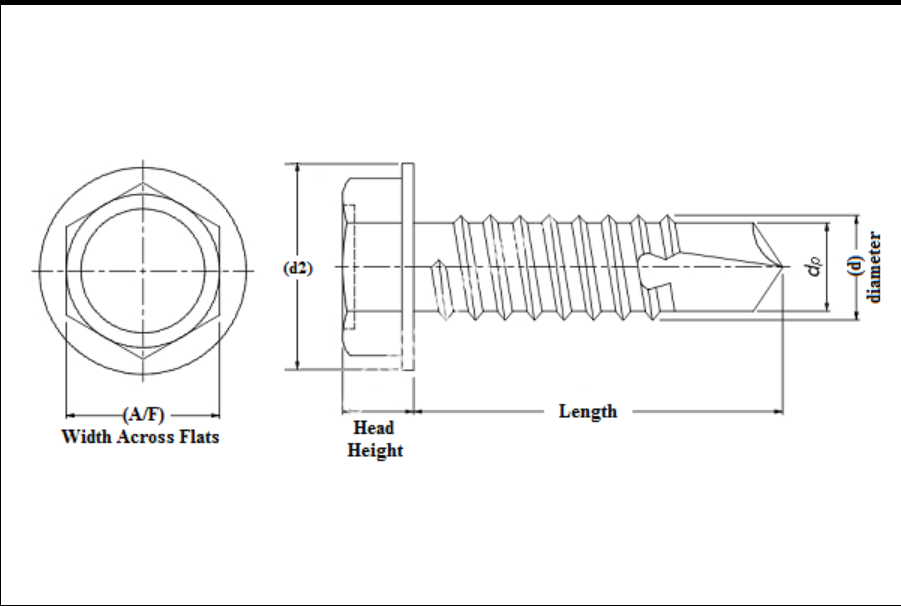Guide to Proper Installation and Maintenance of Lock Washers and Nuts for Enhanced Performance
Lock Washer and Nut Service Ensuring Secure Connections
In the realm of mechanical engineering and assembly, the significance of secure connections cannot be overstated. One of the most effective ways to ensure that nuts and bolts remain tightly fastened is through the use of lock washers. These essential components play a crucial role in preventing loosening due to vibrations, thermal expansion, and other factors that can compromise the integrity of a connection. This article aims to elaborate on the functions, types, and proper service procedures of lock washers and nuts.
Understanding Lock Washers
Lock washers are specialized washers designed to prevent nuts and bolts from loosening. They achieve this by providing a locking mechanism that increases friction against the nut or bolt head. This is crucial in environments where machinery is subject to vibration or dynamic loads. Lock washers can be made from various materials, including steel, stainless steel, and plastic, each suited for different applications based on strength, corrosion resistance, and compatibility with various substrates.
There are several types of lock washers, with the most common being split lock washers, tooth lock washers, and wave washers. Split lock washers feature a split design that grips the bolt or nut as it is tightened. Tooth lock washers have serrated teeth that dig into the bolting surface, offering additional resistance to rotational forces. Wave washers, on the other hand, are used in applications where some spring action is beneficial, providing consistent pressure and dampening vibrations.
Importance of Proper Installation
To maximize the effectiveness of lock washers, proper installation is critical. When installing a lock washer, it should be placed between the nut and the surface it is fastening. It is essential to ensure that the locking mechanism is facing the nut, as this orientation allows the washer to exert maximum resistance against loosening.
lock washer and nut service

Moreover, it is crucial to adhere to the manufacturer’s torque specifications when tightening the nut. Over-tightening can lead to material stress, while under-tightening can negate the benefits of the lock washer altogether. Utilizing a torque wrench can provide greater accuracy and consistency in achieving the required tightness.
Maintenance and Inspection
Regular maintenance and inspection of lock washers and nuts are essential for the long-term functionality of mechanical assemblies. Over time, wear and tear can occur due to exposure to environmental factors, such as moisture and temperature fluctuations, which can corrode metal components.
During inspections, look for signs of wear, such as deformation or cracking in the lock washer or any rusting that may have occurred. If a lock washer appears damaged or ineffective, it should be replaced promptly to prevent failures in the assembly.
In high-vibration applications, it may also be prudent to implement secondary retaining methods, such as thread-locking compounds or lock nuts, in conjunction with lock washers for enhanced security. These additional measures can provide peace of mind in critical applications, such as aerospace, automotive, and heavy machinery.
Conclusion
In conclusion, lock washers and nuts play a vital role in maintaining the integrity of mechanical assemblies. By understanding the different types of lock washers, ensuring proper installation, and conducting routine inspections, one can significantly enhance the reliability of fastening connections. In an industry where safety and performance are paramount, investing time and resources into proper lock washer and nut service is undoubtedly worthwhile. This ensures not only the longevity of mechanical systems but also the safety of personnel and equipment.
-
Top Choices for Plasterboard FixingNewsDec.26,2024
-
The Versatility of Specialty WashersNewsDec.26,2024
-
Secure Your ProjectsNewsDec.26,2024
-
Essential Screws for Chipboard Flooring ProjectsNewsDec.26,2024
-
Choosing the Right Drywall ScrewsNewsDec.26,2024
-
Black Phosphate Screws for Superior PerformanceNewsDec.26,2024
-
The Versatile Choice of Nylon Flat Washers for Your NeedsNewsDec.18,2024










